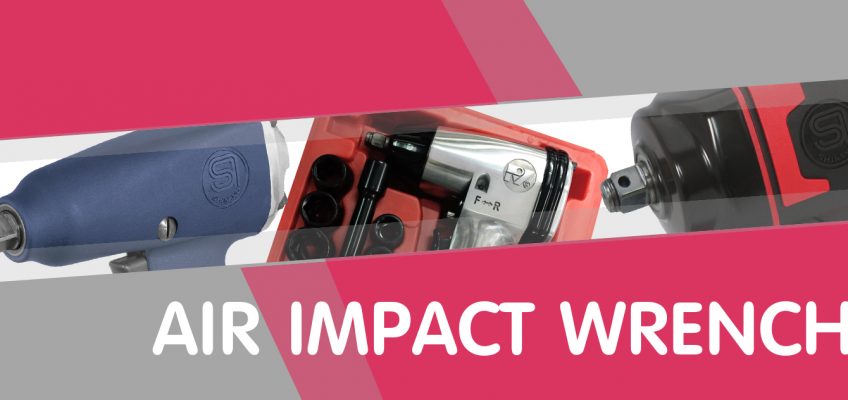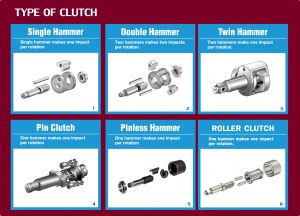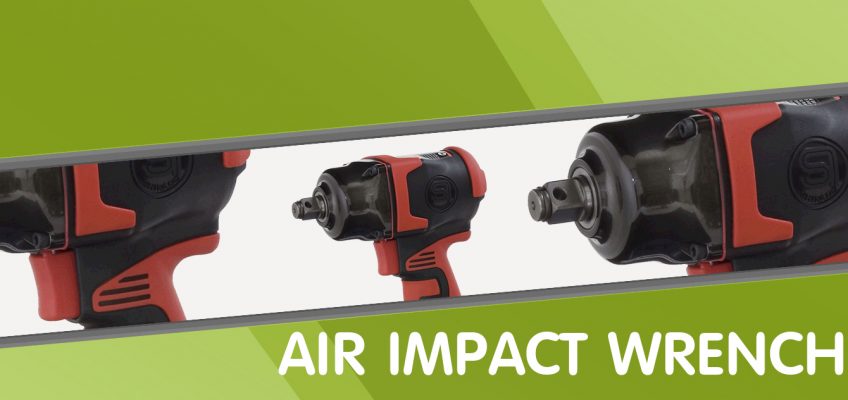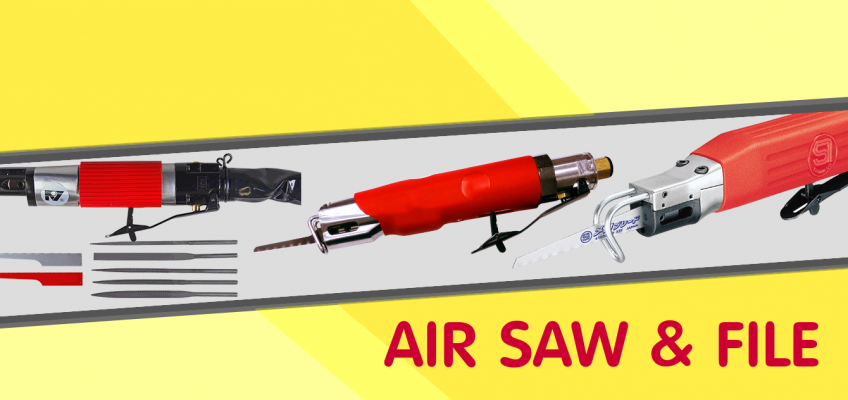6 DIFFERENT IMPACT WRENCH CLUTCHES
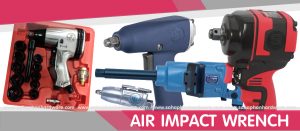
Air impact wrench (also known as an impactor, impact gun, air wrench, air gun, rattle gun, torque gun, windy gun) is a socket wrench power tool designed to deliver high torque output with minimal exertion by the user, by storing energy in a rotating mass, then delivering it suddenly to the output shaft.
Impact wrenches are widely used in many industries, such as automotive repair, heavy equipment maintenance, product assembly, major construction projects, and any other instance where a high torque output is needed. For product assembly, a pulse tool is commonly used, as it features a reactionless tightening while reducing the noise levels the regular impacts suffer from. Pulse tools use oil as a medium to transfer the kinetic energy from the hammer into the anvil. This gives a smoother impulse, a slightly lower torque to weight ratio and a possibility to design a shut off mechanism that shuts the tool down when achieving the correct torque. Pulse tools are not referred to as “impact wrenches” as the performance and technology are not the same.
In operation, a rotating mass is accelerated by the motor, storing energy, then suddenly connected to the output shaft (the anvil), creating a high-torque impact. The hammer mechanism is designed such that after delivering the impact, the hammer is again allowed to spin freely, and does not stay locked. With this design, the only reaction force applied to the body of the tool is the motor accelerating the hammer, and thus the operator feels very little torque, even though a very high peak torque is delivered to the socket. The hammer design requires a certain minimum torque before the hammer is allowed to spin separately from the anvil, causing the tool to stop hammering and instead smoothly drive the fastener if only low torque is needed, rapidly installing/removing the fastener.
The hammer mechanism in an impact wrench needs to allow the hammer to spin freely, impact the anvil, then release and spin freely again. Many designs are used to accomplish this task, all with some drawbacks. Depending on the design, the hammer may drive the anvil either once or twice per revolution (where a revolution is the difference between the hammer and the anvil), with some designs delivering faster, weaker blows twice per revolution, or slower, more powerful ones only once per revolution.
- Single Hammer : One hammer makes one impact per rotation. This means greater hitting power, long life and easy maintenance.
- Double Hammer : Two hammer make two impacts per rotation. Two hammers of the same form as a single hammer are held. There is little vibration and high torque is obtained than single hammer.
- Twin Hammer : Two hammers make one impact per rotation. This design is the most durable of hammer designs and ligher, less vibration, producing a powerful impact.
- Pin Clutch : One hammer makes one impact per rotation. Rotating mechanism in which the round hammer pins move up and down, engaging the anvil and producing a powerful impact. It produce higher torque with minimum vibration.
- Pinless Hammer : The impact power is directly carried to anvil by unifying the hammer and the hammer pin. High power, less vibration and easy to parts exchange and repair.
- Roller Clutch : One hammer makes one impact per rotation. It has the characteristic of a single hammer that produce a high torque per one impact and has the characteristics of the double hammer of the numerousness impacts per minute.
A common hammer design has the hammer able to slide and rotate on a shaft, with a spring holding it in the downwards position. Between the hammer and the driving shaft is a steel ball on a ramp, such that if the input shaft rotates ahead of the hammer with enough torque, the spring is compressed and the hammer is slid backwards.
On the bottom of the hammer, and the top of the anvil, are dog teeth, designed for high impacts. When the tool is used, the hammer rotates until its dog teeth contact the teeth on the anvil, stopping the hammer from rotating. The input shaft continues to turn, causing the ramp to lift the steel ball, lifting the hammer assembly until the dog teeth no longer engage the anvil, and the hammer is free to spin again. The hammer then springs forward to the bottom of the ball ramp, and is accelerated by the input shaft, until the dog teeth contact the anvil again, delivering the impact. The process then repeats, delivering blows every time the teeth meet, almost always twice per revolution. If the output has little load on it, such as when spinning a loose nut on a bolt, the torque will never be high enough to cause the ball to compress the spring, and the input will smoothly drive the output.
This design has the advantage of small size and simplicity, but energy is wasted moving the entire hammer back and forth, and delivering multiple blows per revolution gives less time for the hammer to accelerate. This design is often seen after a gear reduction, compensating for the lack of acceleration time by delivering more torque at a lower speed.
References :
https://en.wikipedia.org/wiki/Impact_wrench
https://www.toku-net.co.jp/en/prd/kaim38cn.html
http://shinanoinc.com/products/standard-air-tools/impact-wrenches/38-impact-wrench/si-1357.html













